Home>Garden Essentials>How To Get Lime Seeds
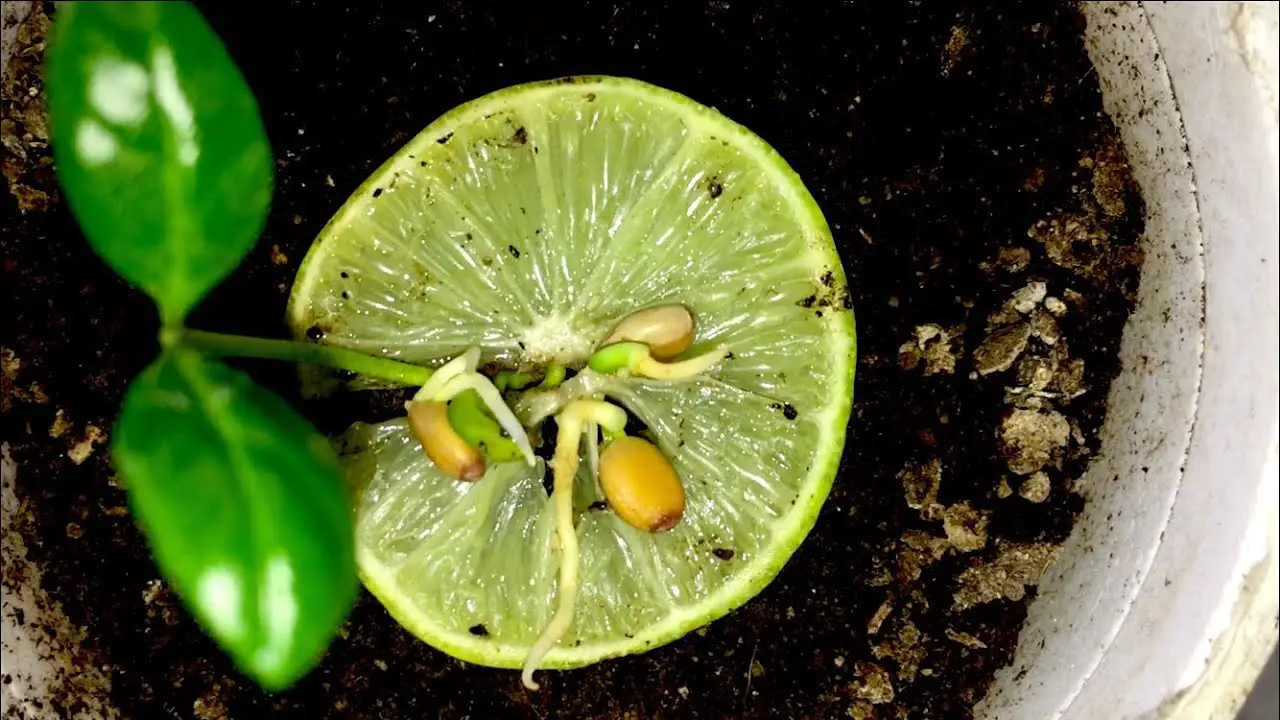

Garden Essentials
How To Get Lime Seeds
Modified: March 15, 2024
Learn how to get lime seeds for your garden with our comprehensive guide. Discover the best methods and tips for successful lime seed cultivation.
(Many of the links in this article redirect to a specific reviewed product. Your purchase of these products through affiliate links helps to generate commission for Storables.com, at no extra cost. Learn more)
Introduction
Welcome to the wonderful world of gardening! If you’re a fan of growing your own fruits and vegetables, then you’re in for a treat. Limes, with their refreshing taste and citrusy aroma, are a popular choice for home gardeners. Not only do they add a zing to your drinks and dishes, but they also make for a beautiful tree in your garden.
One of the most exciting aspects of gardening is the ability to propagate and grow new plants from seeds. And if you’re eager to try your hand at growing lime trees from seeds, you’re in the right place. In this article, we’ll explore the different methods you can use to obtain lime seeds, ensuring that you have a successful start to your lime tree-growing journey.
Before we dive into the methods, let’s take a moment to understand what lime seeds are and their importance. Lime seeds, also known as citrus seeds, are the mature ovules found within the fruit. These tiny, oval-shaped seeds have the potential to grow into new lime trees under the right conditions.
Now that we have a basic understanding of lime seeds, let’s explore the various methods you can use to obtain them.
Key Takeaways:
- Growing lime trees from seeds can be done by saving seeds from fresh limes, purchasing them, harvesting from mature limes, or obtaining them from lime trees. Each method offers a unique and rewarding way to start your lime tree-growing journey.
- Before planting lime seeds, ensure they come from ripe and healthy fruits. Perform a germination test to check their viability. With care and patience, you can enjoy the satisfaction of growing your own lime trees and harvesting delicious fruits.
Read more: How To Plant Lime Seeds
Understanding Lime Seeds
Before you embark on your quest to obtain lime seeds, it’s important to have a good understanding of what they are and how they function. Lime seeds, like other citrus seeds, are protected by a tough outer coating called the seed coat. Inside the seed coat, there are several compartments that contain the genetic material required for a new lime tree to grow.
Each lime fruit contains multiple seeds, usually around 10 to 15, though this can vary depending on the lime variety. The seeds are surrounded by the pulp, which is the juicy flesh of the fruit. When a lime reaches maturity, the seeds are fully developed and can be extracted for propagation purposes.
It’s worth noting that not all lime seeds are guaranteed to produce viable plants. Some seeds may be defective, damaged, or sterile, which means they won’t be able to germinate and grow. However, with proper selection and care, you can increase your chances of obtaining healthy and viable lime seeds.
Lime seeds are generally small, ranging from 5 to 10 millimeters in size. They have a light tan or pale yellow color and are slightly oblong or oval-shaped. Keep in mind that lime seeds, just like any other seeds, have a limited lifespan. It’s best to use fresh seeds for optimal germination rates.
Now that we have a better understanding of lime seeds, let’s explore the methods you can use to obtain them. Whether you prefer starting from fresh limes, purchasing seeds, or harvesting them from mature limes or lime trees, there’s a method suitable for every gardening enthusiast.
Method 1: Saving Seeds from Fresh Limes
If you have access to fresh limes, this method is a great way to obtain lime seeds. It’s simple, cost-effective, and gives you the opportunity to choose seeds from limes with desirable qualities, such as flavor or size. Here’s how you can save seeds from fresh limes:
- Selecting the right lime: Choose a ripe and juicy lime to ensure that the seeds inside are fully developed. Look for limes that are slightly soft to the touch and have a vibrant green color.
- Extracting the seeds: Cut the lime in half and gently squeeze or scoop out the pulp along with the seeds. Use a spoon or your fingers to separate the seeds from the pulp.
- Cleaning the seeds: Rinse the seeds under cool running water to remove any remaining pulp or residue. Make sure to handle them gently as they can be fragile.
- Drying the seeds: Place the seeds on a clean paper towel or a plate lined with parchment paper. Allow them to air dry in a well-ventilated area for about 24 to 48 hours. Make sure the seeds are completely dry before moving on to the next step.
- Storing the seeds: Once the seeds are dry, transfer them to an airtight container or a ziplock bag. Label the container with the date and variety of lime to keep track of the seeds. Store the seeds in a cool and dry place until you’re ready to plant them.
- Testing the seeds: To check the viability of the seeds, you can perform a simple germination test. Moisten a paper towel, place the seeds on it, fold the towel over to cover the seeds, and store it in a warm place. After a few weeks, if you see sprouts emerging from the seeds, then they are ready for planting.
By saving seeds from fresh limes, you have the advantage of selecting seeds from limes that you know and love. This method allows you to propagate lime trees with the potential to produce fruits similar to the parent tree.
Now that you know how to save seeds from fresh limes, let’s explore another method of obtaining lime seeds: purchasing them.
Method 2: Purchasing Lime Seeds
If you don’t have access to fresh limes or prefer a more convenient option, purchasing lime seeds can be a great alternative. Many nurseries, garden centers, and online seed suppliers offer a wide variety of lime seeds for sale. Here’s how you can obtain lime seeds through this method:
- Research reputable sellers: Start by researching reputable sellers that specialize in seeds, focusing specifically on citrus or lime seeds. Look for reviews and recommendations to ensure you’re purchasing from a reliable source.
- Selecting the right variety: Determine which lime variety you’re interested in growing. There are several varieties to choose from, including Key lime, Persian lime, Kaffir lime, and more. Consider factors such as flavor, size, and hardiness when making your selection.
- Place your order: Once you’ve found a reputable seller and chosen your desired lime variety, place your order for the seeds. Pay attention to any specific instructions provided by the seller regarding payment, shipping, and handling.
- Receive and inspect the seeds: When the seeds arrive, carefully inspect them to ensure they are in good condition. Check for any signs of damage, mold, or discoloration. If the seeds don’t meet your expectations, contact the seller for a replacement or refund.
- Follow storage instructions: Depending on the seller’s recommendations, store the seeds in the appropriate conditions. Most citrus seeds require cool and dry storage to maintain their viability.
Purchasing lime seeds gives you the advantage of having access to a wide range of lime varieties. It also saves you time and effort in collecting and preparing the seeds yourself. Just make sure to purchase from reputable sellers to ensure the quality and viability of the seeds.
Now that you know how to purchase lime seeds, let’s explore another method of obtaining them: harvesting seeds from mature limes.
To get lime seeds, collect seeds from ripe limes, rinse them, and let them dry for a few days. Plant the seeds in a pot with well-draining soil, keep it moist, and place it in a warm, sunny spot.
Method 3: Harvesting Seeds from Mature Limes
If you have access to mature limes from a local farmer’s market, grocery store, or your own backyard, you can harvest the seeds directly from the fruit. This method allows you to utilize the seeds from limes that are already fully developed. Here’s how you can harvest seeds from mature limes:
- Selecting ripe limes: Choose limes that are fully ripe and have a vibrant color. Look for limes that give slightly when gently squeezed.
- Cutting and extracting the seeds: Cut the lime in half and carefully remove the seeds from the pulp using a spoon or your fingers. Be gentle to avoid damaging the seeds.
- Cleaning the seeds: Rinse the extracted seeds under cool running water to remove any residue or pulp. Pat them dry with a towel.
- Drying the seeds: Place the seeds on a clean paper towel or a plate lined with parchment paper. Allow them to air dry in a well-ventilated area for a few days until they are completely dry.
- Storing the seeds: Transfer the dry seeds to a labeled, airtight container or a ziplock bag. Store them in a cool and dry place until you’re ready to plant them.
- Performing a germination test: To ensure the viability of the seeds, you can perform a simple germination test by moistening a paper towel, placing the seeds on it, folding the towel over, and storing it in a warm place. Check for sprouts after a few weeks.
Harvesting seeds from mature limes allows you to utilize fruits that would otherwise be consumed or discarded. This method is a cost-effective way to obtain seeds and gives you the opportunity to experiment with different lime varieties.
Now that you know how to harvest seeds from mature limes, let’s explore the final method: obtaining seeds from lime trees.
Read more: How Much Lime In Soil Mix
Method 4: Obtaining Seeds from Lime Trees
If you already have lime trees in your garden or have access to lime trees in your neighborhood, obtaining seeds directly from the trees is an excellent option. This method allows you to ensure the seeds come from healthy and established lime trees. Here’s how you can obtain seeds from lime trees:
- Identifying mature fruits: Look for lime trees with mature fruits that are fully ripe. Mature fruits typically have a vibrant color and a slight fragrant aroma. Choose fruits that are in good condition and not damaged.
- Collecting the fruits: Carefully pluck the fruits from the tree, making sure not to damage the branches or the fruits themselves. It’s best to use a pair of garden clippers or scissors to minimize any potential damage.
- Extracting the seeds: Cut open the lime and gently remove the seeds from the flesh. Separate the seeds from any surrounding pulp or membranes using your fingers or a small spoon.
- Cleaning the seeds: Rinse the seeds under cool running water to remove any remaining pulp or debris. Avoid using any harsh chemicals or detergents. Pat the seeds dry with a towel.
- Drying the seeds: Place the seeds on a clean paper towel or a plate lined with parchment paper. Allow them to air dry in a well-ventilated area for a few days until they are completely dry.
- Storing the seeds: Transfer the dry seeds to a labeled, airtight container or a ziplock bag. Store them in a cool and dry place until you’re ready to plant them.
- Performing a germination test: To ensure the viability of the seeds, you can perform a simple germination test by moistening a paper towel, placing the seeds on it, folding the towel over, and storing it in a warm place. Check for sprouts after a few weeks.
Obtaining seeds directly from lime trees allows you to continue the lineage and characteristics of healthy trees you already have or admire in the neighborhood. It’s a rewarding way to propagate lime trees and ensure the future generations of limes will carry on their desirable traits.
Now that you’re familiar with the four methods of obtaining lime seeds, it’s time to embark on your lime tree-growing journey. Whether you choose to save seeds from fresh limes, purchase them, harvest them from mature limes, or obtain them directly from lime trees, you’ll experience the joy of growing your own lime trees and reaping the rewards of their delicious fruits.
Happy gardening!
Conclusion
Congratulations! You have now learned four different methods for obtaining lime seeds and are well-equipped to embark on your lime tree-growing adventure. Whether you choose to save seeds from fresh limes, purchase them, harvest them from mature fruits, or obtain them directly from lime trees, each method has its own benefits and can be tailored to your gardening preferences.
Remember, when saving or purchasing lime seeds, always aim for seeds from ripe and healthy fruits. Properly clean and dry the seeds before storing them in a cool and dry place. Performing a germination test can help ensure the viability of the seeds before planting.
Growing lime trees from seeds can be a rewarding experience. Watching your seeds germinate and develop into healthy trees is a testament to your efforts as a gardener. With time, care, and patience, you’ll be rewarded with a thriving lime tree that produces delicious fruits for you and your loved ones to enjoy.
Don’t forget to provide your lime trees with the appropriate growing conditions, including well-drained soil, ample sunlight, and regular watering. Consider adding organic fertilizers and pruning as needed to promote healthy growth and fruit production.
Whether you’re planning to grow your lime trees indoors, in containers on a patio, or in a spacious garden, the methods you’ve learned in this article will help set you on the path to success.
So, what are you waiting for? Gather your lime seeds, prepare your planting area, and let the journey begin. With your newfound knowledge and love for gardening, you’re ready to cultivate beautiful lime trees and experience the joy of freshly harvested limes.
Happy gardening and may your lime tree-growing endeavors yield fruitful results!
Frequently Asked Questions about How To Get Lime Seeds
Was this page helpful?
At Storables.com, we guarantee accurate and reliable information. Our content, validated by Expert Board Contributors, is crafted following stringent Editorial Policies. We're committed to providing you with well-researched, expert-backed insights for all your informational needs.
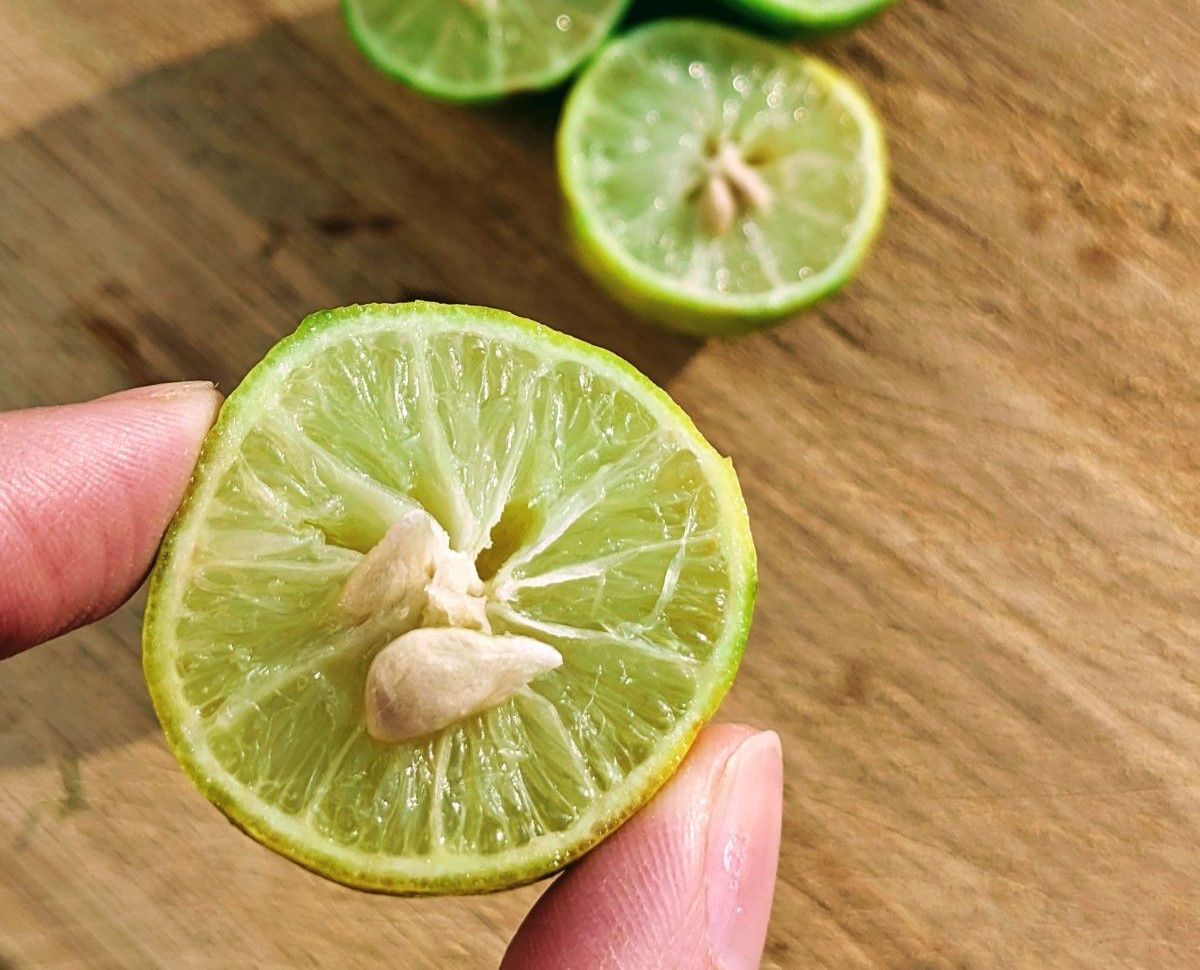
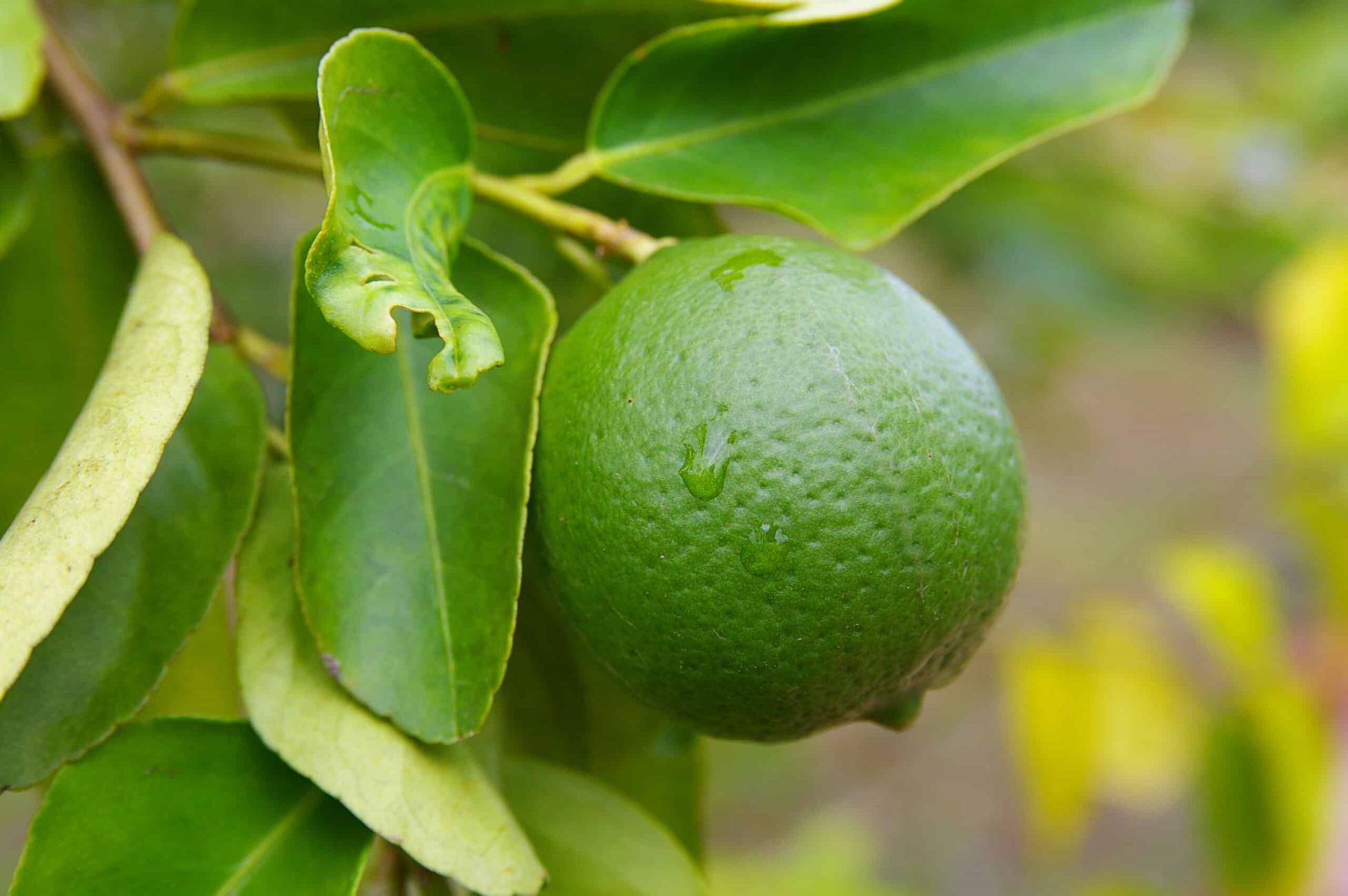
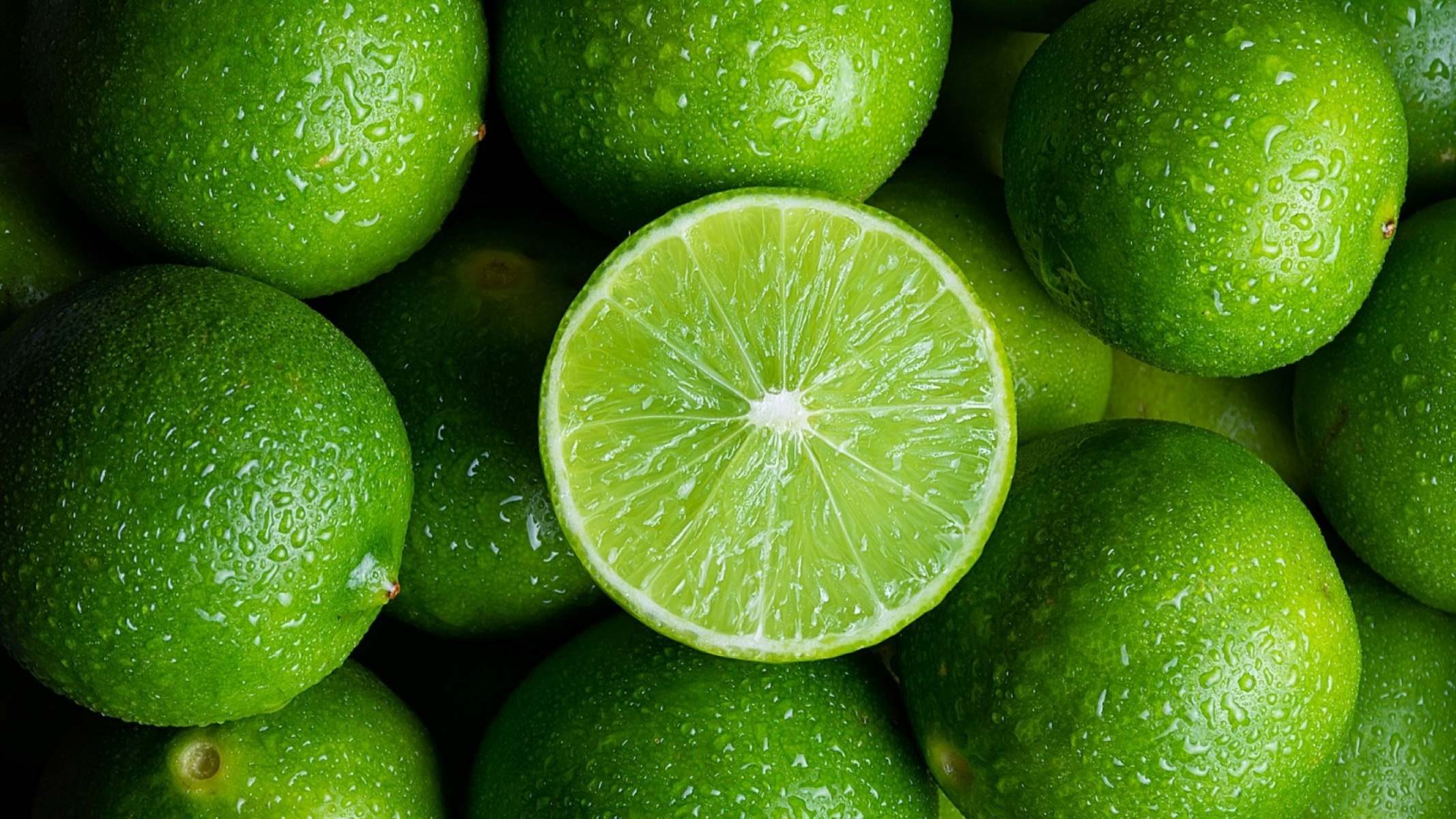
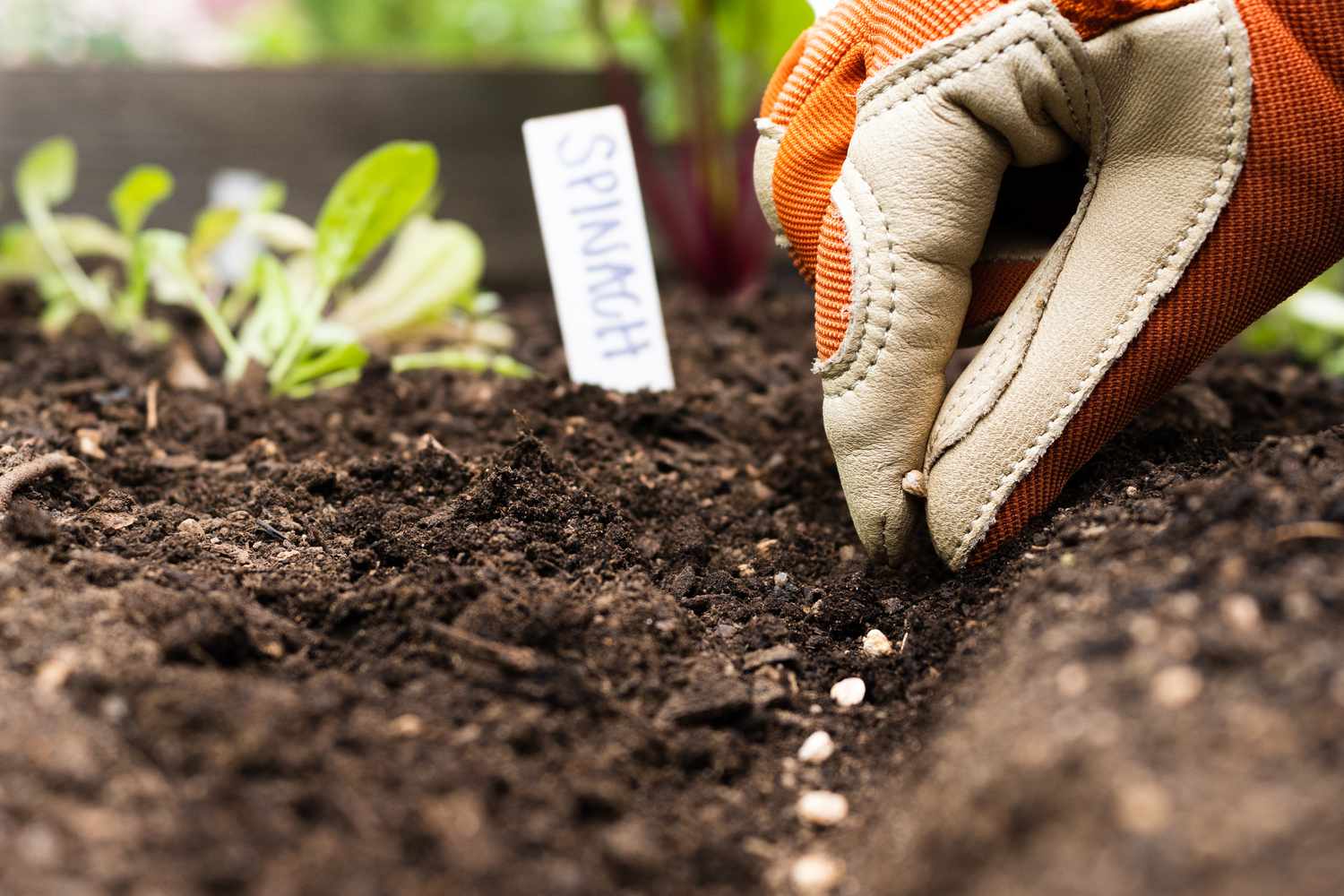
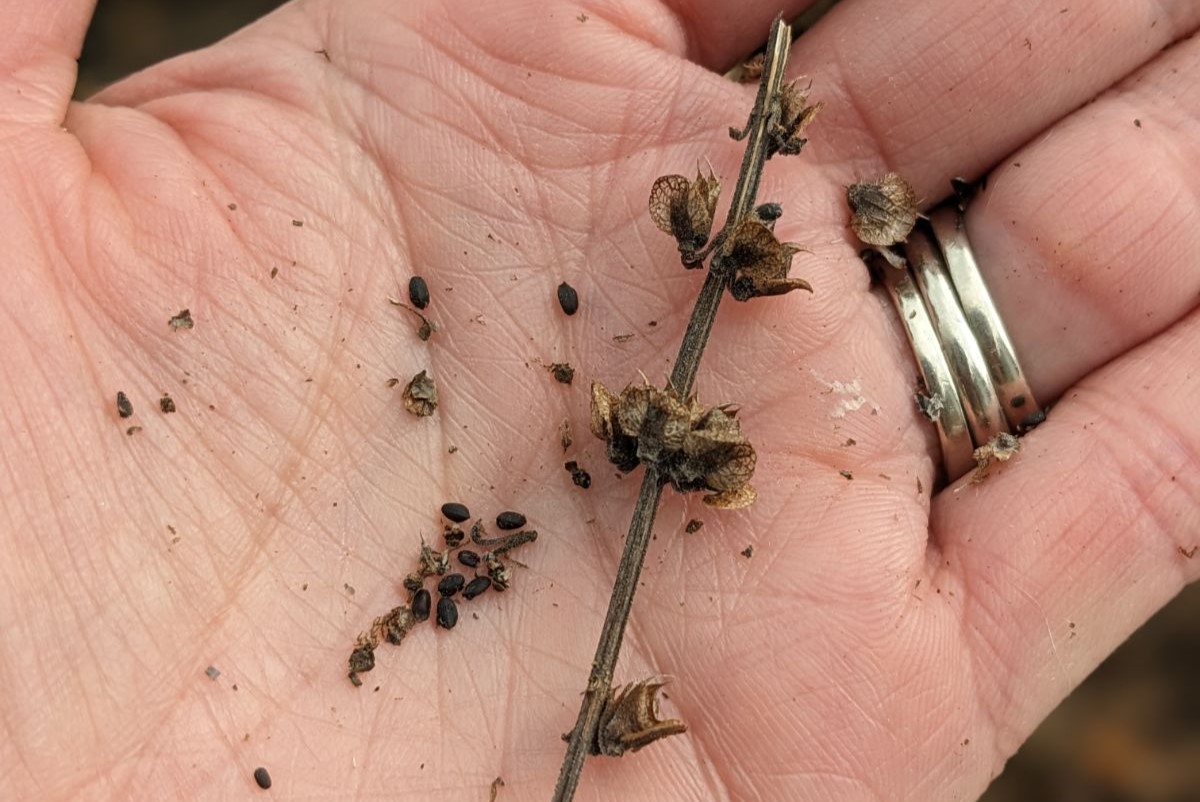
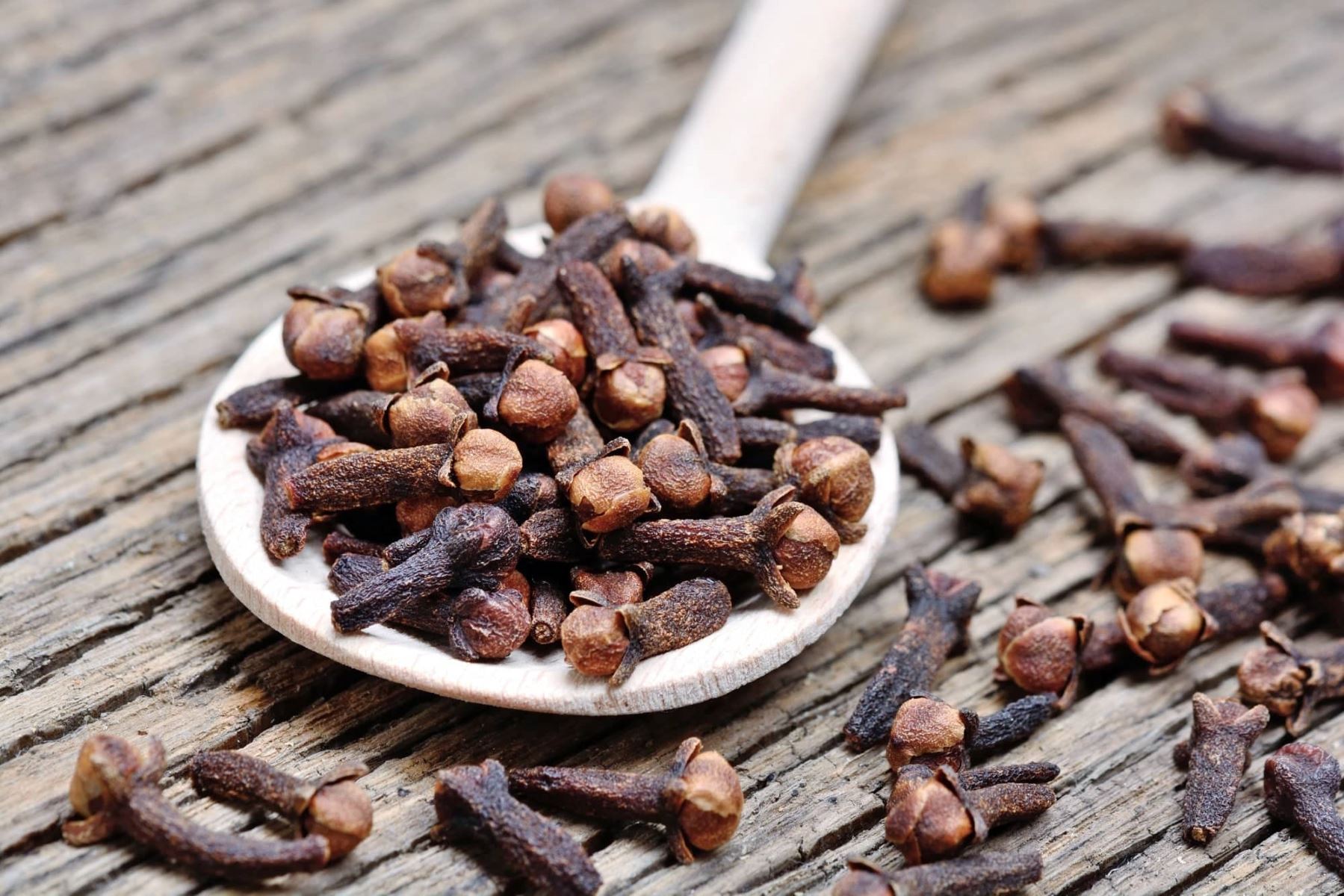
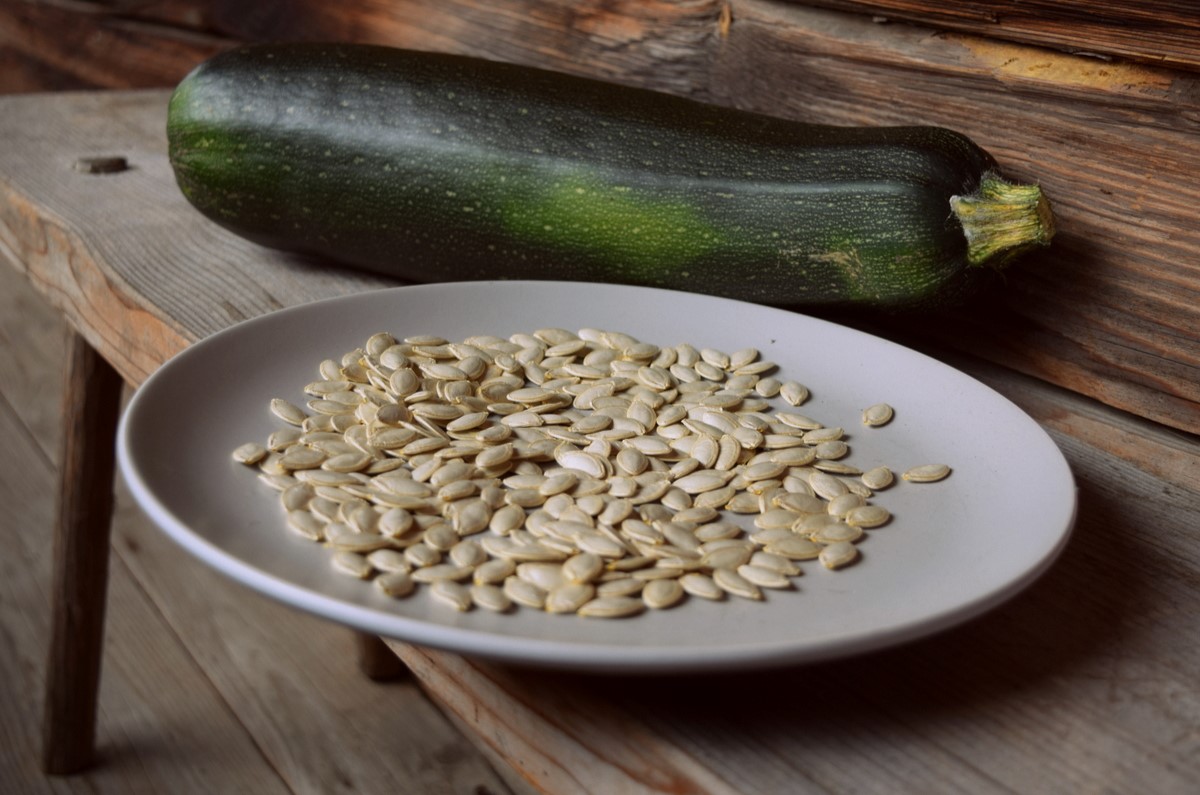
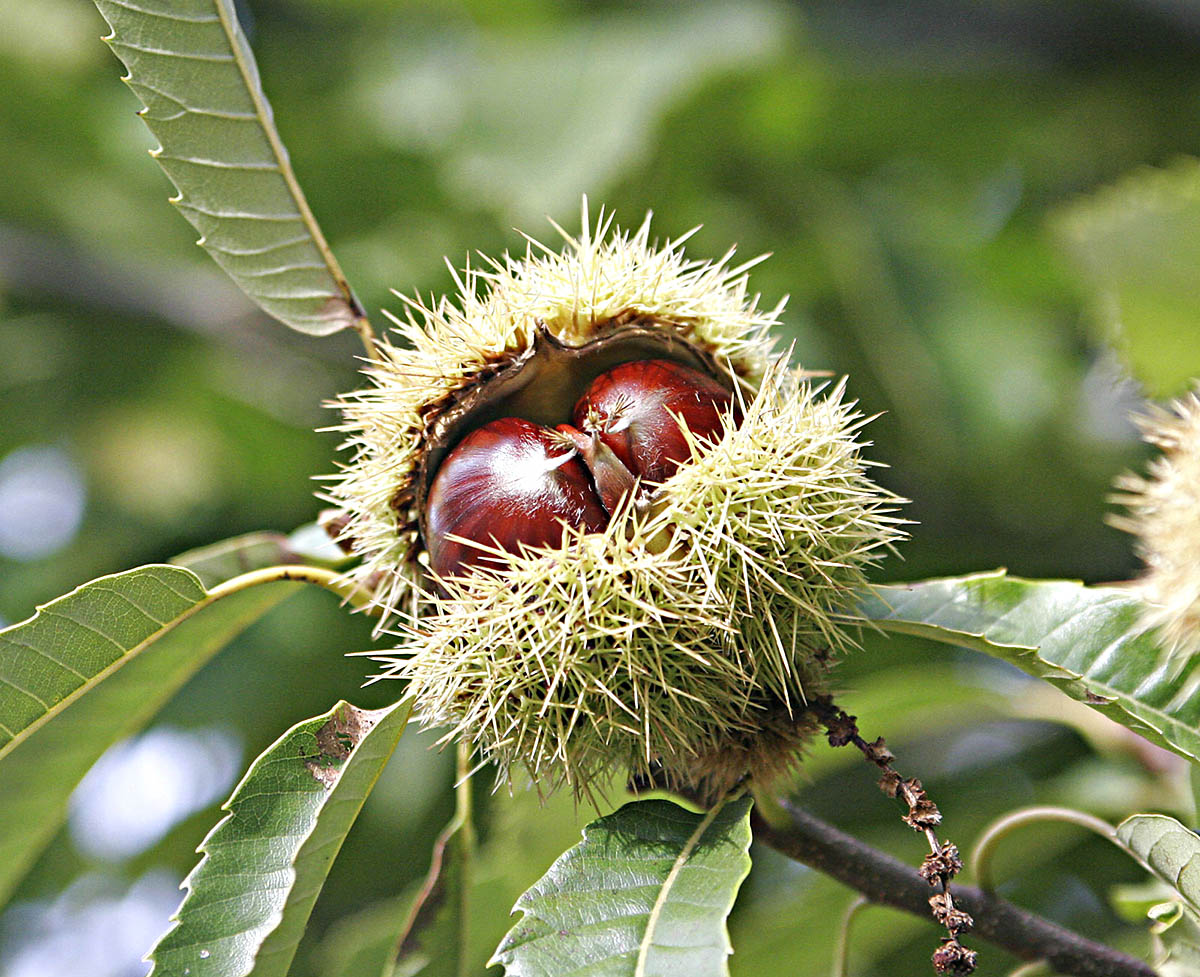
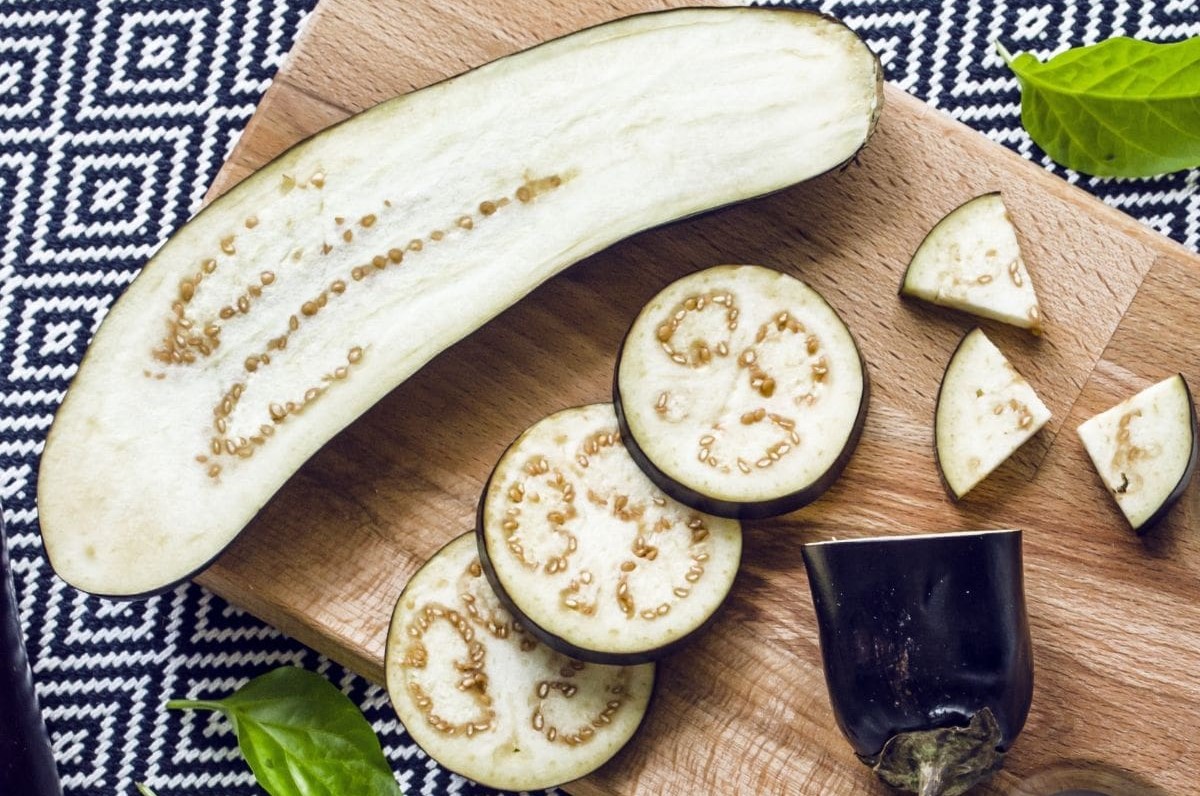
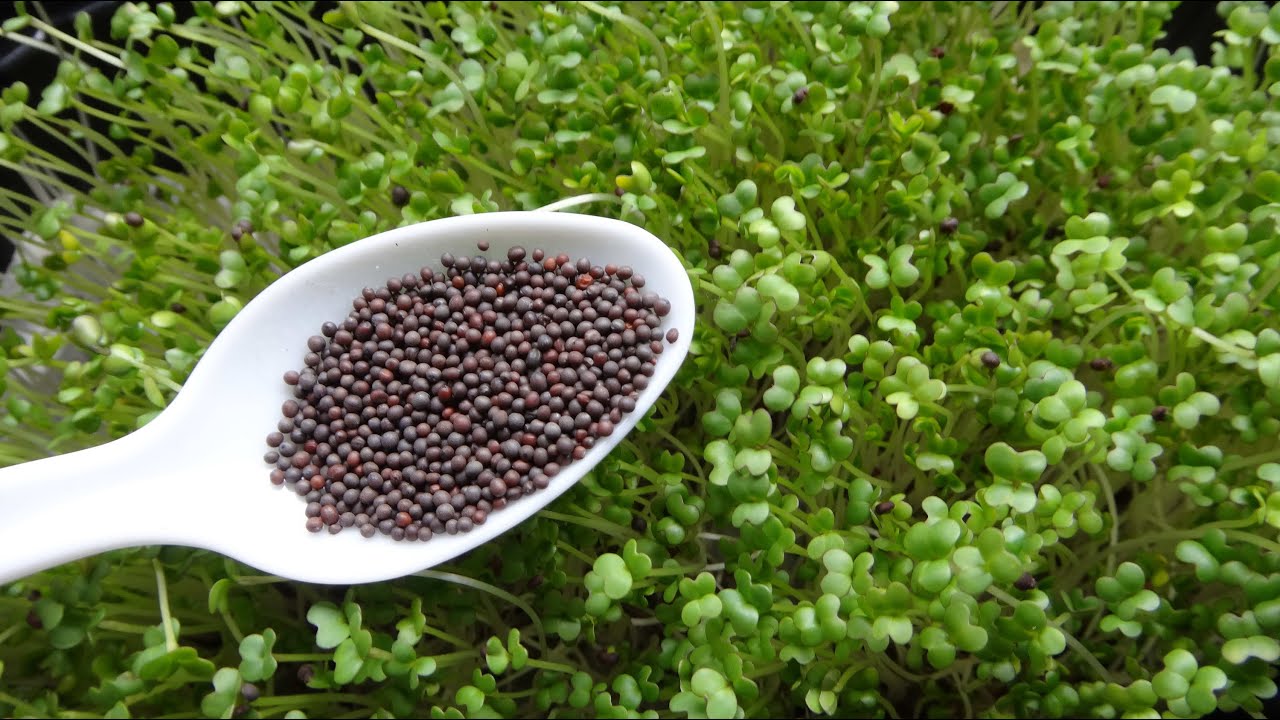
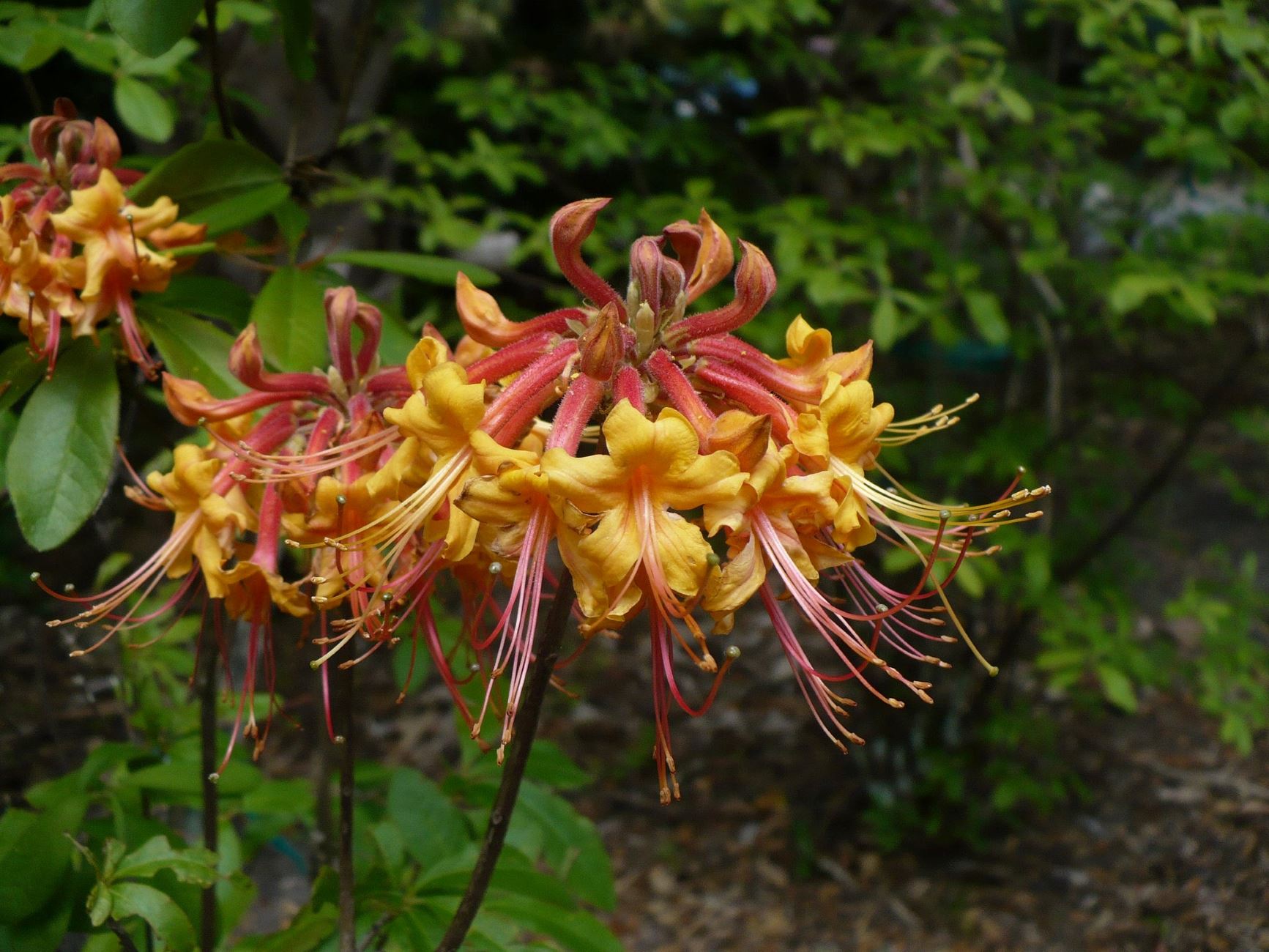
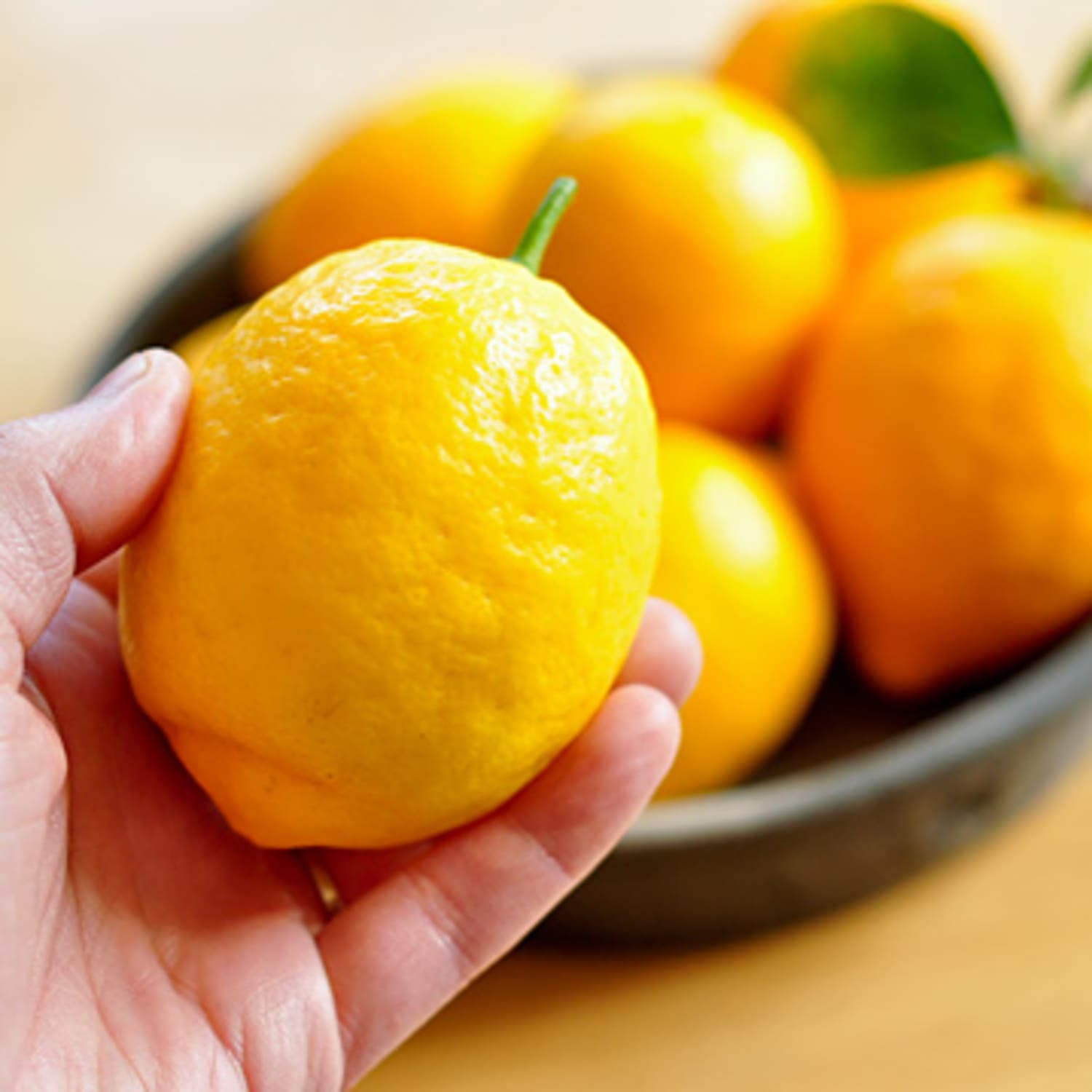
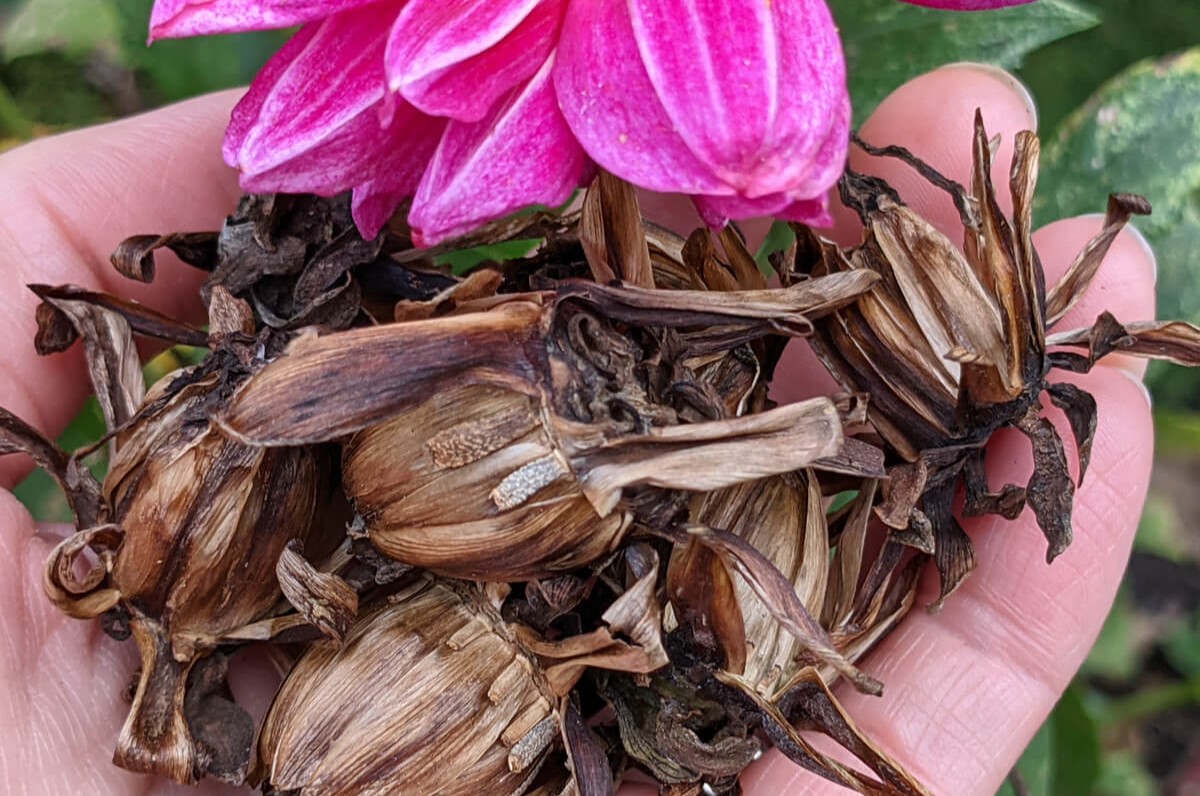
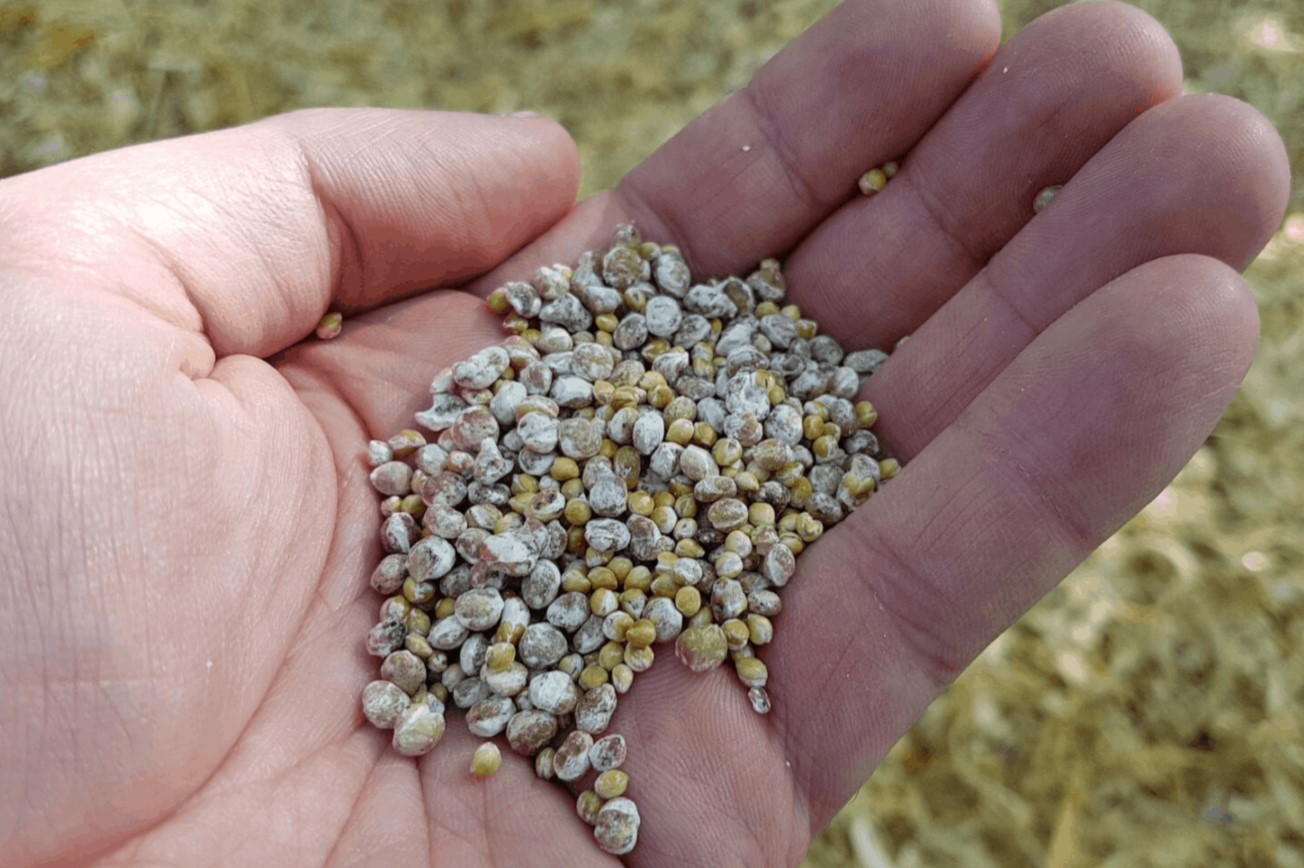

0 thoughts on “How To Get Lime Seeds”